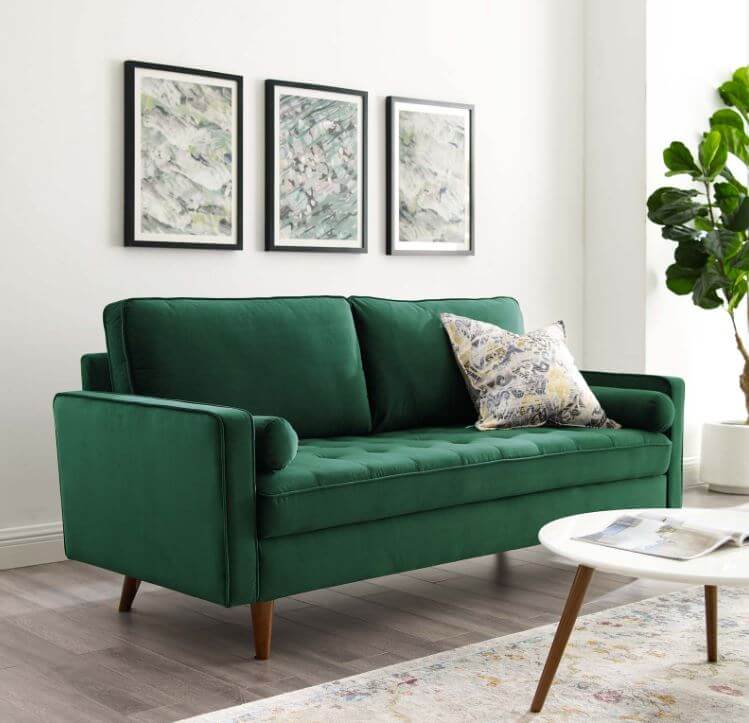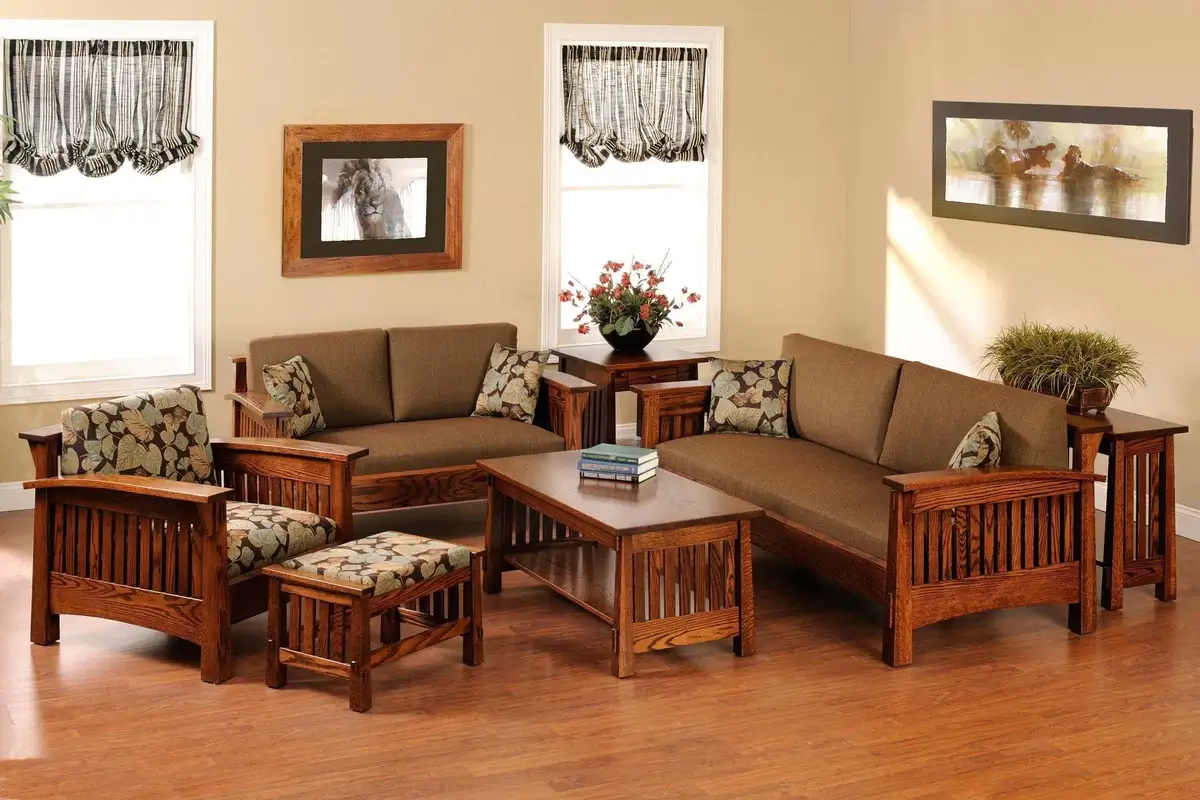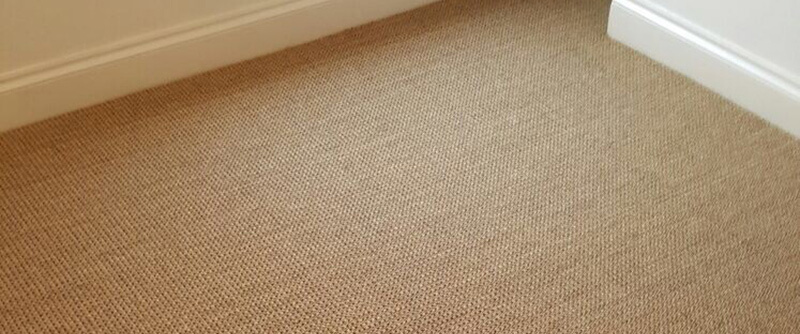Sofa upholstery is no longer just about comfort—it’s about making a statement. Modern interiors demand creativity, personality, and a touch of sophistication. One of the most effective ways to achieve this is through the art of mixing patterns and textures in sofa upholstery. Done correctly, it can transform a simple sofa into the centerpiece of a living room, adding depth, character, and visual interest.
Understanding Patterns and Textures
Before diving into combinations, it’s important to understand the difference between patterns and textures. Patterns refer to the visual designs on fabrics, such as stripes, florals, geometrics, or abstract motifs. Textures, on the other hand, relate to the tactile quality of the fabric, like velvet’s plush softness, linen’s casual weave, or leather’s sleek finish. Both elements work together to create a multidimensional look that feels intentional rather than chaotic.
When mixing patterns and textures, balance is key. Overloading your sofa with too many bold designs can make a space feel cluttered. Conversely, a careful combination of subtle patterns with varying textures can create harmony and sophistication.
Choosing a Base Fabric
Every successful upholstery mix starts with a base fabric. This should be a neutral or versatile piece that anchors the look. Popular choices include solid-colored linen, cotton blends, or muted velvet. A neutral base allows you to experiment with bolder textures and patterns without overwhelming the room.
For instance, a soft beige linen sofa provides the perfect backdrop for patterned cushions, throws, or accent fabrics. The base fabric should be durable and comfortable, serving as a foundation for layering additional textures and patterns.
Mixing Patterns: Tips and Techniques
When incorporating patterns, consider the following tips:
Vary the Scale: Pair large-scale patterns with smaller ones to create depth. For example, a sofa upholstered in a subtle geometric print can be enhanced with smaller floral cushions.
Stick to a Color Palette: Choose patterns that share a common color scheme to maintain cohesion. A palette of blues, grays, and creams can easily accommodate a variety of patterns.
Combine Different Motifs: Don’t shy away from mixing florals, stripes, and geometrics—but keep balance in mind. Using one dominant pattern with complementary accents is often the most visually pleasing approach.
Patterns can also extend beyond cushions. Consider patterned throws, side chairs, or even a patterned rug to tie the room together.
Incorporating Textures
Textures add a tactile dimension that makes a sofa inviting and visually interesting. Mixing fabrics like velvet, linen, leather, and woven materials creates contrast and a layered look. For example:
Velvet cushions on a linen sofa add luxury and softness.
Woven or knitted throws introduce casual texture and warmth.
Leather accents can add sophistication and durability, particularly in high-traffic areas.
When combining textures, consider the overall feel you want in the room. Soft, plush textures create comfort and coziness, while sleek or structured fabrics can lend a modern and sophisticated vibe.
Layering for a Cohesive Look
The key to mastering the art of mixing patterns and textures is layering. Start with your base upholstery, then add cushions, throws, or even slipcovers with varying patterns and textures. Keep in mind these layering principles:
Odd Numbers Work Best: Arrange cushions or accents in odd numbers for a more natural, visually appealing look.
Balance Bold and Subtle: Pair a bold pattern with a more subdued design to avoid visual overload.
Repeat Colors: Repeat a few colors across different textures and patterns to create cohesion.
By layering thoughtfully, your sofa can become a dynamic focal point rather than a static piece of furniture.
Choosing the Right Patterns for Your Space
The patterns you choose should complement the overall interior style. For modern, minimalist interiors, geometric patterns and solid textures work well. Traditional or eclectic spaces can embrace florals, paisleys, or intricate motifs. For a cozy, bohemian vibe, mix earthy textures like jute, wool, and cotton with hand-printed patterns.
Always consider scale, contrast, and the room’s color palette. Patterns don’t have to match perfectly—they just need to resonate with the existing decor.
Maintenance Tips
Mixing fabrics and textures means varied care requirements. Velvet may need gentle brushing, linen might require spot cleaning, and leather should be conditioned regularly. Choosing removable cushion covers or fabrics that are easy to clean can make maintenance simpler while allowing you to update patterns seasonally.
Conclusion
The art of mixing patterns and textures in sofa upholstery is all about balance, creativity, and personal expression. A well-layered sofa can elevate an entire room, making it stylish, inviting, and unique. Start with a neutral base, experiment with patterns, layer textures thoughtfully, and keep your color palette cohesive.
Whether you’re updating a living room, designing a lounge area, or adding personality to a commercial space, mastering this technique ensures your sofa is more than just furniture—it’s a statement piece. By embracing the interplay of patterns and textures, you can transform ordinary sofa upholstery Abu Dhabi into a work of art that reflects your style and enhances the comfort of your home.




